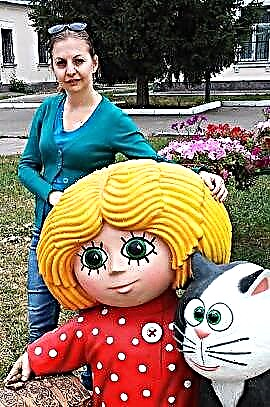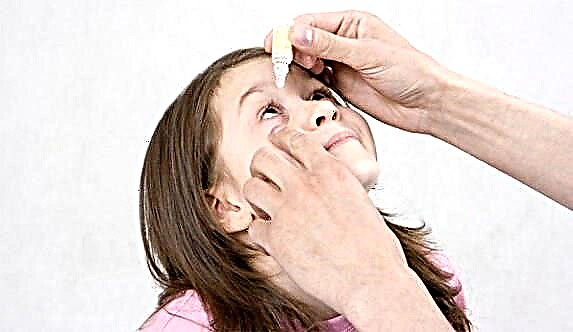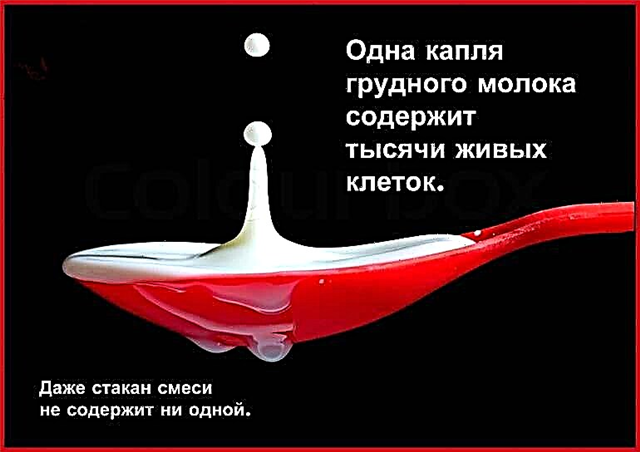What benefits can a nursing mother get when eating halva?
This product was first manufactured in Iran. Literally translated means "sweetness". Today, there are many cooking methods.
It is made from sunflower seeds, peanuts, almonds, pistachios, sesame seeds. Depending on this, it can have a different composition and have certain useful properties. So, for example, she can save a nursing mother from depression or prevent her, improve her mood, as well as lactation, milk fat content, and normalize the digestive system.

The content of nutrients in halva
In our country, this sweetness from sunflower seeds is the most popular. It contains many:
- vitamins (mainly groups B and E);
- proteins;
- micro and macro elements (sodium, potassium, phosphorus, iron, copper, zinc, selenium);
- dietary fiber;
- vegetable fats (29 -32%).
In terms of their composition, seeds contain almost the same amount of nutrients as red fish.
In this sweet made from:
- sesame - many vitamins (A, C, F, E), calcium, magnesium, phosphorus, antioxidants;
Vitamin A, found in large quantities in this product, improves collagen production, vision and immunity. Vitamin F has an anti-sclerotic effect, as well as improving blood circulation, strengthening the vascular wall.
- peanuts - contains many vitamins: D, B1, B2, B3, B4, B5, B6, niacin (PP), folic acid (B9), copper, sodium, iron, calcium, zinc;
- pistachios - there are many B vitamins, fiber, potassium, copper, magnesium, manganese, phosphorus;
- almonds - contains a huge amount of muscle fibers, vitamin D, PP, niacin, magnesium, potassium, amino acids.

General beneficial effects on the body
This product has many useful properties. His general actions are as follows:
- promotes hair and nail growth;
- normalizes the nervous system;
- enhances immunity;
- relieves fatigue;
- increases the amount of milk;
- improves the work of the cardiovascular system;
- improves mood;
- eliminates depression;
- improves the functioning of the gastrointestinal tract.
The safest and most useful during the lactation period is sunflower halva, because it is in the seeds that useful substances are stored for a long time.
Useful properties of this sweet, depending on its type:
| Main ingredient | The effect on the body |
| Sunflower seeds | Supports immunity, normalizes the functioning of the nervous, cardiovascular systems, improves hair growth, promotes the absorption of carbohydrates. |
| Sesame | It improves the functioning of the respiratory system, eliminates migraines, and prevents the onset of cancer. |
| Peanut | It stimulates the brain, prevents blood diseases, prevents the development of ulcers and gastritis, improves hearing, attention, memory. |
| Pistachios | Tones up, prevents premature aging, normalizes glandular metabolism, helps to absorb food. |
| Almond | Strengthens the skeletal system, improves milk calorie content. |
Despite the fact that halva is very useful for HV, this product should be administered with great care during lactation, as it can harm the baby.
Effects on breast milk

The fat content of milk is less dependent on nutrition during lactation. Most often, this indicator is genetically laid down and depends on heredity. During breastfeeding, the baby first receives front milk (90% of which is water), and then back milk (it is more nutritious, nutritious and fatty).
So, if during lactation in one attachment the child eats from one or the other breast and does not eat hind milk, it will be worse to gain body weight.
If the problem lies not in improper application, but in the insufficient calorie content of milk, then the doctor may recommend that the mother eat foods that will increase this indicator. And one of them is exactly halva.
However, this sweetness is not for daily use, since in addition to an allergic reaction, it can contribute to an increase in gas formation in the intestines and the development of colic in a child.
Possible side effects when using halva while breastfeeding
This delicacy should not be on the list of the first when expanding the woman's menu.
Despite the huge list of positive effects on both the body of a nursing woman and the baby, this product can also have a negative effect.

From mom's side
When a nursing woman uses this delicacy, she may experience:
- allergic reaction (due to the high content of amino acids, protein and additional ingredients that may be in its composition.);
- overweight (because this product is high in calories, it contains about 469 - 975 calories per 100 grams);
- exacerbation of liver disease, pancreas, gastrointestinal tract;
- increased sugar levels (in patients with diabetes mellitus).
From the side of the child
When using this product by a nursing mother, the crumbs may experience the following side effects:
- an allergic reaction (it can occur in the form of sneezing, coughing, runny nose, hives, nasal congestion);
If, after the introduction of this product into the diet, side effects arose in the mother or baby, you must temporarily not use it!
- sleep disturbance;
- anxiety;
- colic;
- constipation;
- liquefaction of the stool;
- bloating;
- large monthly weight gain.

Halva during breastfeeding can cause the most serious consequence - anaphylactic shock.
When can you start eating halva after childbirth and in what quantities?
The introduction of this product into the diet should be carried out with caution and not in large quantities. It is better to use this delicacy in the morning, before taking any other food. It is better to drink it with plenty of unsweetened tea or boiled water.
If the baby's mother had never tried this sweetness before giving birth, then immediately after giving birth, you should not do this.
It is not recommended to introduce this delicacy in the menu of a nursing woman in the first six months after the birth of the baby, especially in the first three months, because there is a possibility of bloating, anxiety and colic in the baby. If no side effects have arisen, then you can gradually increase the amount of the product (bringing it to 100 grams per day).
You can get the benefits of this treat if it contains natural ingredients. Most commercial sweets contain many artificial additives that can contribute to allergies. Therefore, it is better to make it yourself.
How to buy a product correctly?
When purchasing this product, special attention should be paid to the packaging and carefully read the composition. It should list only natural ingredients and no colorants, flavor enhancers, etc.
It is recommended to purchase the product in transparent packaging. Wherein:
- there should be no sugar droplets on it (this factor indicates the replacement of most of the nuts or sunflower seeds with caramel);
- fat droplets (their presence indicates a violation of the technology of its preparation);
- its color should not be dark (if it is, then the product has been stored incorrectly or has long expired);
- in vacuum packaging, it can be stored for six months, and in cardboard - two months;
- after opening, the product must be transferred to a glass or ceramic closable container and refrigerate to minimize contact of the buttery sweetness with air and rays of light.
When purchasing this product by weight, it must be tiny, light and have a layered fibrous structure. When chewing it, the treat should not get stuck on the teeth. The storage period in this form is two weeks.

Is halva allowed in the diet of an infant?
Despite the mass of useful properties, its use for infants is prohibited! This requirement should be adhered to until the age of three. Since pieces of this delicacy can get stuck between the teeth and in them, injure the oral cavity and contribute to the development of caries.
Until the moment the baby tries this product, he must chew and swallow well, as he can easily choke on it.
Conclusion
Is it possible for a nursing mother to have halva? This question is rather controversial, since in addition to the mass of useful properties, this product also has side effects. The main reason for the appearance of which are additional ingredients, therefore it is recommended to make it yourself, or carefully monitor its composition when purchasing this product.
Literature
- Maternal Guide Healthy Eating During Pregnancy and Breastfeeding, 2001
- "The culinary book of a nursing mother", G.I. Uncle, 2008
- "The practice of feeding children in the first year of life", St. Petersburg, V.V. Yuriev, 2008.
- "Breastfeeding and nutrition of children of the first year of life", I.М. Vorontsov, St. Petersburg, 2000
- Dissertation "Feeding young children in modern conditions" L.V. Erman, St. Petersburg. 2005
Article rating:



